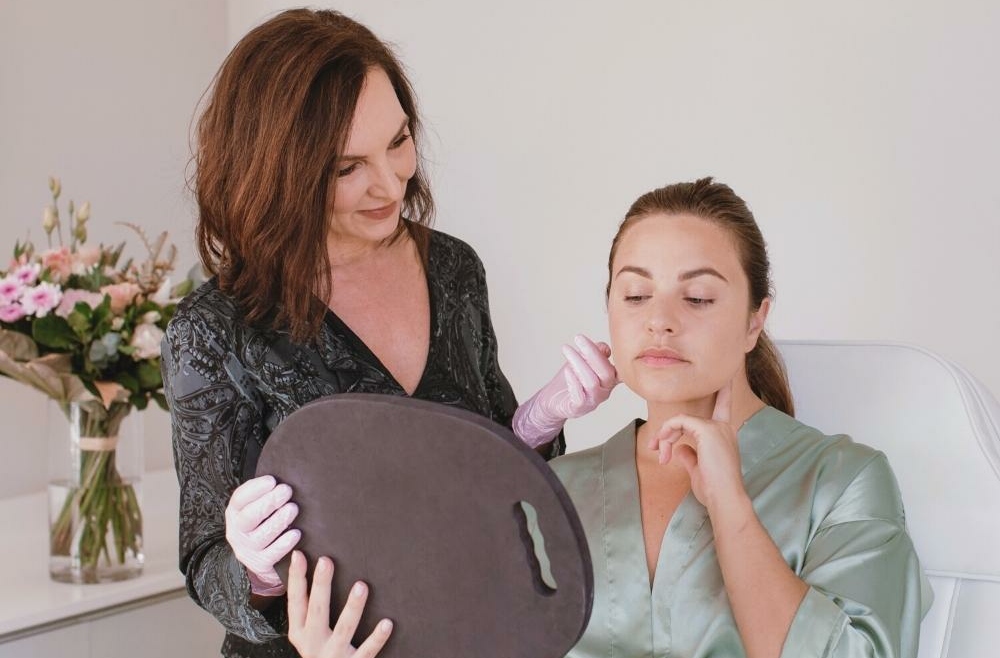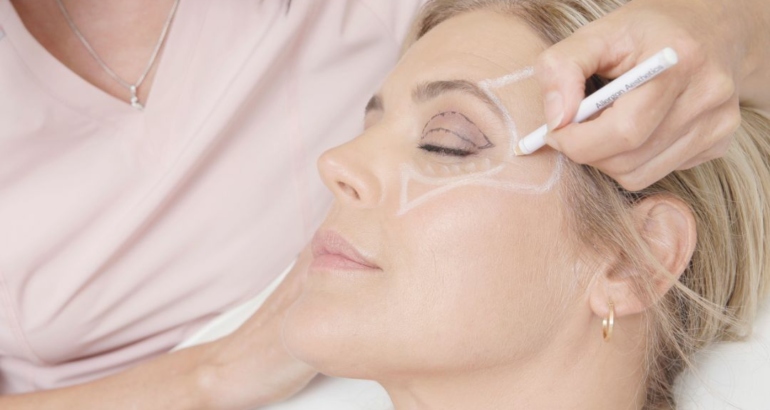FACE LIFT TRENDS
Written by: Dr Nerina Wilkinson – MBChB (Stell), FCS Plast (SA)
The face and neck are parts of the body most exposed to the elements and are therefore most affected by the ageing process. Until recently the conventional facelift was the treatment of choice to improve the signs of ageing. However many people have been put off the typical Hollywood tight wind tunnel faces. Patients, however, find that today options are more varied and there is a range of lifts for every face.
Recent studies in facial cosmetic surgery indicate that more patients are requesting cosmetic surgery to remain competitive in the workplace. Due to the economic downturn, however, patients are more educated in the options in cosmetic surgery and more are making use of less invasive procedures to delay surgical procedures.
My patients are requesting more natural results with shorter recovery times to return back to their work and lifestyles. The most common non-surgical procedures for both men and women still remains Botox. However, the use of the “LIQUID FACELIFT” to rejuvenate the face is fast becoming very popular. The procedure is designed to bring back youthful features through the volumetric replacement of soft tissues lost with the process of ageing. The procedure is performed in the office where a natural gel i.e. Voluma (Juvederm) is injected in specific regions of the face to restore the 3 D structure of the face. I use a “8 point” injection technique to painlessly support the deeper facial soft tissues and lift the face. Patients can expect minimal downtime and the “rested” or “lifted” look can last 12-24 months.
For patients who require more extensive volume replacement to achieve a more youthful appearance I would suggest that they consider a “STEM CELL FACELIFT”. Unlike a normal facelift, in which the flaccid skin is excised to create an artificial firmness, a “stem cell face-lift`” is performed solely by injection. The procedure involves harvesting fat from a part of the body with abundant fat deposits, purified and then precisely injected back into the part of your face that needs filling and contouring. By replacing the fat that has been lost due to ageing you get an uplifting effect. The procedure is performed under local anaesthetic in the day clinic. The amount of fat reinjected is always 30 – 40 % more than needed, as a % fat will be absorbed. Patients are therefore more swollen and bruised than the simpler ‘liquid facelift”. The advantage is that the results are more permanent and the stem cells in the fat have regenerative potential. The cells are also called “ the fountain of youth”
However for patients with more than volume loss, but who also show signs of sagging of the lower face, simple volumizing techniques will not be sufficient. These patients will require some form of skin tightening. “THREAD LIFTS” are indicated in these patients with minimal skin laxity requiring facial remodeling/ lifting without scars. The procedure is performed under local anaesthetic in the day clinic. Threads are inserted with a fine needle under the skin and suspended to a fixed point in the temporal area. Your own collagen will surround the threads and maintain the effect. The scars are minimal. There may be some tiny scars at the injection sites, but these will fade with time. Patients are typically bruised and swollen for 7-10 days. The results are natural but impressive. The downside is that the results are not long-lasting and needs to be repeated after 3 years. The ideal patient is a younger patient who does not want or need an extensive lift. It is also useful in patients trying to buy time whilst waiting to embark on more aggressive procedures later in life. Thread lifts can also be an alternative for heavy smokers as it is one of the few procedures for which heavy smoking is not contraindicated.
It is important to remember that when patients are older and show more loose skin around the neck and jowls then the lesser invasive procedures will not achieve adequate rejuvenating results. Surgical skin excision procedures are indicated in these patients. Today however plastic surgeons all over the world understand the importance of minimally invasive procedures and that patients are demanding less visible scars. The “MACS LIFT” (minimal access cranial suspension) or “S- LIFT” is a procedure I use commonly in my practice when patients require more extensive lifting and refreshing of the lower 2/3 of the face and neck. The lift is achieved by lifting the skin and tightening the muscle bands and layers of tissue connected to the facial muscles. Only a minimal amount of skin needs to be removed, leaving nothing but an inconspicuous scar inside the ear and in the crease in front of the ear extending into the hairline above the ear. This procedure is performed under sedation in theatre. The face is bruised and swollen for 7-14 days post-surgery. The recovery time is around 10 days. The “Macs Lift” is less invasive than the classic facelift and offers natural results with fewer scars and shorter recovery time. The results last about 5 years.
The “CLASSIC FACELIFT” is the more extensive invasive technique for facial lifting. This still remains an excellent choice for older patients with more sagging skin of the face and neck. However, it does involve a longer recovery time and more extensive scarring. In the “classic facelift” a cut is made extending from the hairline above the ear, in front of the ear and behind the ear back into the occipital hairline. The skin and muscle are pulled upwards and back and any excess skin is trimmed away. Scarring is permanent around the ears but they will fade over time. The results last between 5-10 years depending on the age of the patient. The younger you are the longer the results will last. Facelifts can be repeated if necessary.
A new trend is that younger patients 35-45 years are seeking facelifts. This too has been one of the rapidly increasing requests in my practice. Patients today definitely want to bypass the typical stages of ageing i.e. jowls and loose necks. The availability of a variety of facelifting techniques has revolutionized the anti-ageing practices of most modern plastic surgeons. In my practice, we use advanced radiofrequency devices ie Fractora to tighten facial skin in patients who are not surgical candidates. See blog on fractora skin and facial sculpting.



